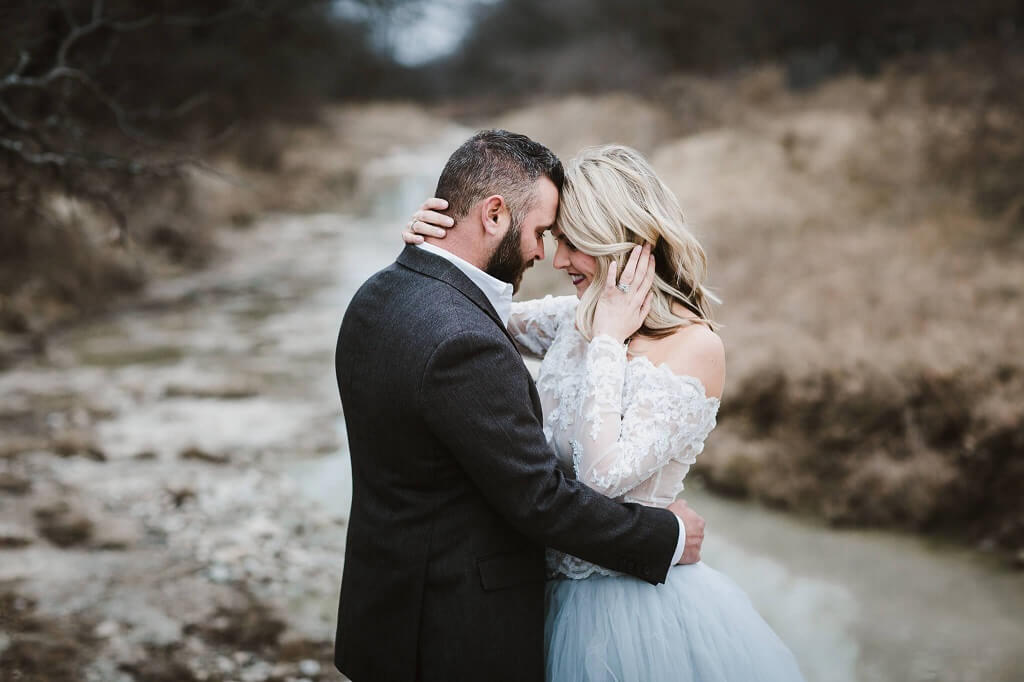[ad_1]

How to Use Lightroom’s New Texture Slider
Lightroom is constantly upgrading and adding new features to help photographers edit quickly with beautiful results. The brand new Texture Slider is the first slider that Lightroom has added since the Dehaze tool and is a fantastic addition!
The Texture slider was created to help smooth or enhance texture in photos while being careful to preserve details and control noise.
One of the main reasons for this addition was to give photographers a better, higher quality way to smooth skin in Lightroom. Until now, the best way to smooth skin has been via the clarity or sharpness sliders and neither of those sliders do anything to preserve detail.

Using the Basic Texture Slider to Smooth Skin
The Texture slider is available in the Basic Panel. This slider works in much the same way the other sliders in Lightroom.
- When you move the the slider towards the negative (down to -100) it will DECREASE the texture.
- When you move the slider towards the positive (up to +100) it will INCREASE the texture.

To smooth skin on a portrait using the Texture Slider in the Basic panel, I recommend keeping the slider between -5 and -20.
- In general, the closer the subject is to the camera, the closer the slider might be to -20.
- The further the subject is from the camera, the less negative texture you will need.

While using the Texture slider, I have been impressed with it’s ability to protect the details of a portrait (namely the eyes and lips) while still softening the skin. I love that there is now a global option for smoothing skin that can be synced along with other adjustments over multiple photos.
Using the Basic Texture Slider to Increase Texture
While the Texture slider was mainly created to help photographers smooth skin, it can also work the opposite way and help to increase texture.
The effect this slider gives to texture when moved towards the positive numbers is more subtle than what you would get from the Clarity slider (which is my favorite way to add texture).
This works great if you want to add some texture to your image but have a subject in the portrait as well. I found that I was easily able to add a little more texture to portraits where the subjects were a smaller part of the image, but it DID NOT look good on when used on close-up portraits.

Using the Texture Slider with the Adjustment Brush
As with most of the Develop settings in Lightroom, if you want to have THE MOST CONTROL over where you are increasing and decreasing texture, you will want to add it to your image using the Adjustment Brush.
The Texture Slider is also available in the Adjustment Brush settings, which means you can brush it on only a portion of the image instead of over the whole image.

Conclusion
This new Texture Slider in Lightroom has some great possibilities when used in both the Basic Panel or as an Adjustment Brush. Go ahead and experiment with this new feature and judge the results for yourself!
Do you have any questions or comments about How to Use Lightroom’s New Texture Slider? Leave us a comment below – we would LOVE to hear from you! And PLEASE SHARE our camera buying guide using the social sharing buttons (we really appreciate it)!

[ad_2]
Source link

